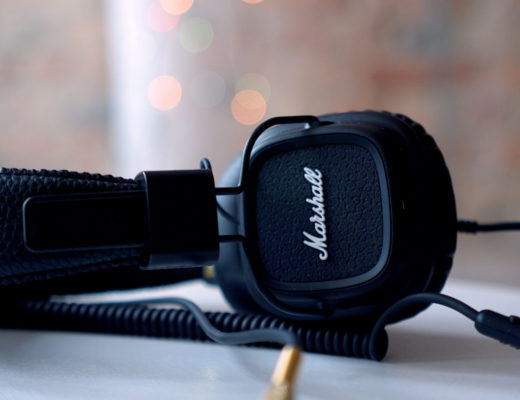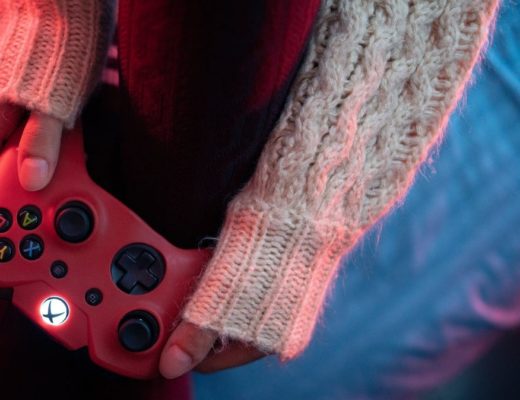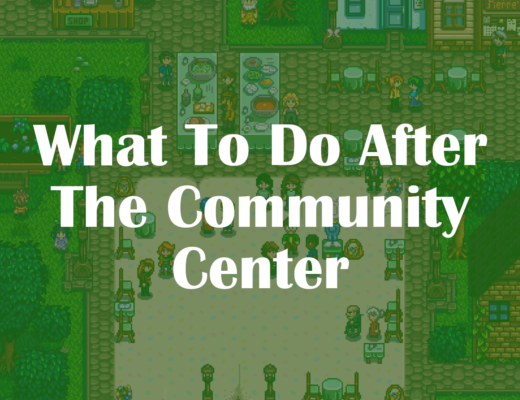Pixel art has come a long way from its humble beginnings in classic arcade video games. What started as art born from limitations, turned into a welcome challenge for indie game designers to push the boundaries of their creativity. And it’s safe to say that the cozy gaming community greatly approves of the pixelated aesthetic.
From RPGs like Turnip Boy Commits Tax Evasion to visual narratives like Coffee Talk, pixel art has become known for its efficiency, versatility, and nostalgic appeal. It’s also known for being fairly easy to learn!
But how did some of the most recognizable pixel artists get started? What kept them inspired?
To answer these questions, we had the pleasure of interviewing Eric “ConcernedApe” Barone, the creator, developer, and designer for one of the most recognizable, pixelated works in cozy gaming — Stardew Valley.
1. How’d you first get started with pixel art? Was Stardew Valley your first project?
I made some very small projects before Stardew Valley to help me learn how to code. I did some basic pixel art for those projects, but it was all just by feel. Stardew Valley was the first time I really made a significant amount of pixel art, and the entire game was a learning process.
2. What’s your favorite part about creating pixel art?
I like how “discrete” it is. You’re confined to (usually) a small grid of pixels and that creates a limitation that can breed creativity. In order to convey what you want, you have to find small, simple ways to do it. It makes for an interesting challenge.
3. What inspired you to choose pixel art for Stardew Valley specifically?
The first games I ever played as a kid used pixel art… all stuff on the SNES. So I think I just wanted to recapture that special feeling that the old games give me.
4. Tell us about the creative process that led to your iconic art style.
It was a huge amount of trial and error. I always liked to doodle and draw things, so I had built up a certain style on paper, and I think that may have influenced my direction for the pixel art somewhat. Stardew Valley itself was kind of a training course in pixel art. I’ve gotten a lot better but there’s still always so much room for improvement.
5. What sprite came to you first? Do you have a favorite? And why?
I think the first thing I drew was a dirt tile. I don’t have a favorite, but I definitely like some more than others. I like the melon, for example.
6. Tell us about the biggest challenge you faced when first getting started with pixel art.
Probably just getting that “feel” for how to make pixel art look decent. There’s a lot of pixel art “no-nos” that I wasn’t originally aware of, but slowly learned and got the hang of over time.
At first, I had to really scrutinize the art to improve it. I was pretty bad at colors originally, and if you look at the early art for Stardew, it all has a sort of washed-out look to it. But after doing it for thousands of hours, you get a sort of “feel” for how to do it, which is really liberating.
7. What helps you get into a creative headspace?
Going for a walk, going outside, stepping away from the computer for a bit, and just focusing on thinking and letting the mind wander, driving in the car, and dreams.
8. As the sole game designer throughout most (if not all) of Stardew Valley’s development, how did you find creative feedback or breakthrough designer’s block?
I was solo throughout the entire original development of Stardew Valley leading up to its launch (the first time anyone else worked on the game was the language translations in the 1.2 update). I never had a big problem with designer’s block, I just followed my intuition and tried stuff out. If it wasn’t fun, I’d scrap it and try something else. For feedback, I’d talk about the game ideas with my girlfriend.
9. How do you think your art might transform (or even stay the same) in your upcoming game, Haunted Chocolatier?
I think it’s a natural progression of my style and what I’ve learned during the past 10 years working on Stardew Valley. As with Stardew, I’ve already gotten better from the time I started the game to the present. But I’m going to try to not redo everything over and over like I did with Stardew because I think everything looks pretty good, even if I’m always improving and capable of doing better. Sticking with the 16×16 tile size helps keep the amount of art manageable for a game with such a big scope.
10. What advice would you give someone looking to break into pixel art?
The best thing you can do is practice. Best is if you can make a simple game at the same time, because the art and the game will feed off each other, propelling you forward. After you’ve practiced a ton, then look up some basic pixel art “theory” and see if it makes sense and if you agree with it. Then keep practicing. Good luck! If you keep trying you will get better.
Conclusion
Overall, pixel art might seem intimidating at first, but the most important thing is to practice, don’t be afraid to try new things, and use limitations as an opportunity to get more creative! There are plenty of amazing tutorials online on websites like Lospec (and of course YouTube — Reece Geofroy fits a lot of helpful tips for beginners in only 10 minutes), and Aseprite is a perfect pixel art tool to get started.



